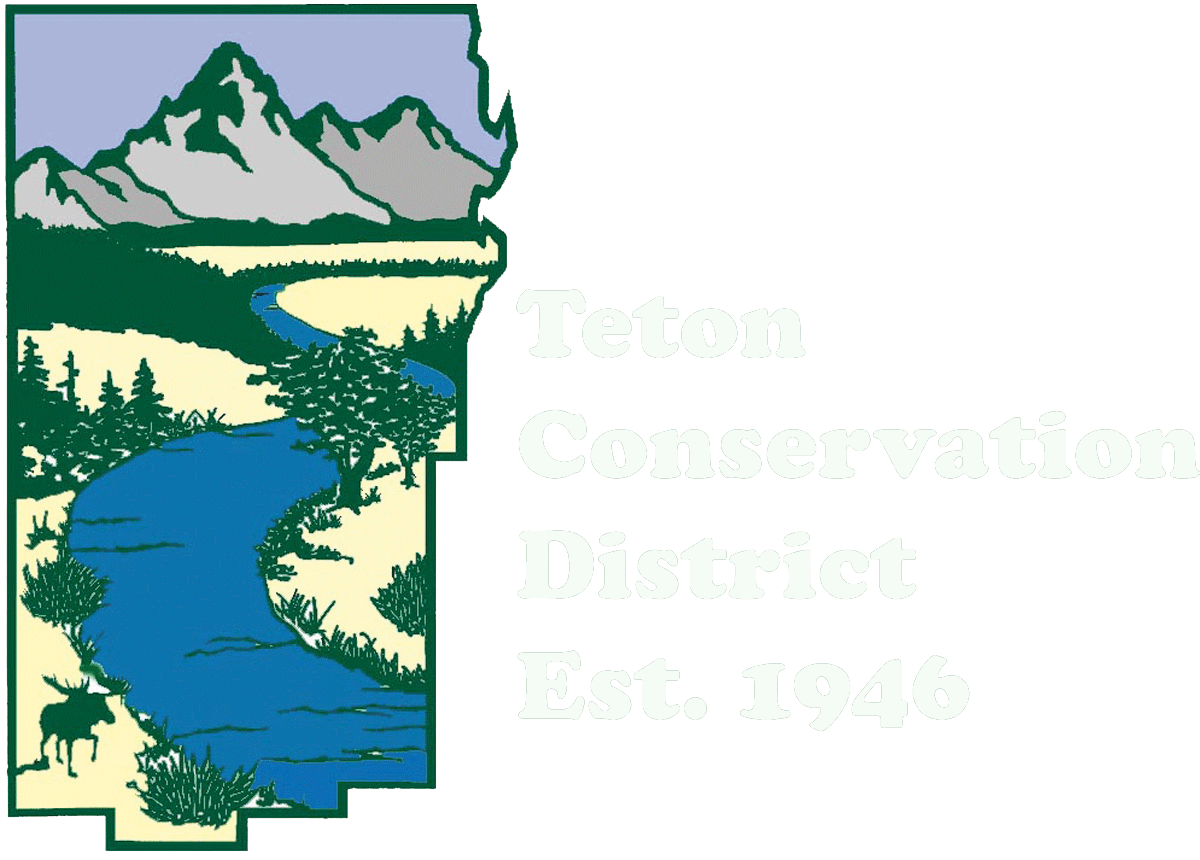University of California Berkeley PhD student, Kristin Barker, and one of her field technicians, Zach Andres, posthole up a steep slope in the Gros Ventre Mountains, working their way towards a cluster of GPS points left by wolf collars a few days before. The points on their GPS screen indicate that the wolf pack stopped there. Could they have found a meal? Maybe they bedded down for the night? Wolves tend to bed on ridges or areas with good vantage points, and often will use terrain traps, like fallen timber or natural funnels, to hunt prey. We reach the top of the windswept ridge, and indeed, the wolf pack had stopped there for a rest. There are gentle depressions in the snow where each wolf hunkered down. Kristin kneels down at each bed to look for evidence that these were indeed wolf beds, typically confirmed by finding wolf hair. Kristin finds a hair and delicately holds it in her fingers, explaining that if the hair “kinks” when you bend it—like Kristin is demonstrating in this photo—it’s likely a hair from an ungulate, such as a moose, deer, or elk. Ungulate hair is hollow, while non-ungulate hair, like a human or wolf, is not hollow and does not kink.
Kristin Barker inspects a suspected wolf bed.
Kristin Barker demonstrates how ungulate hair kinks because it is hollow.
The Jackson Elk Herd is an icon of Jackson Hole—the estimated 11,000 elk in the herd are ecologically, economically, and culturally important to our community and beyond. But in some ways, the species is still an enigma.
Part of the Jackson Elk Herd overwinters on the National Elk Refuge, but some winter higher up in the Gros Ventre drainage. The number of elk wintering in the Gros Ventre has varied unpredictably in recent years, ranging from 3,100 elk in 2012 to just 86 in 2017. Why?
The reasons for the stark differences from year to year are not well understood. Supplemental feeding efforts often—but don’t always—encourage elk to remain in the Gros Ventre, and concerns about the potential role of feedgrounds in disease transmission have led to discussions about reducing reliance on feeding as a management tool. Further, changing influences of wolf populations and human activities also affect elk distributions.
Kristin is working with Wyoming Game & Fish Department, the National Elk Refuge, Grand Teton National Park, and the U.S. Forest Service to identify factors that most strongly influence the winter distribution of the Jackson Elk Herd. With her team of field technicians, Kristin has spent the past three winters traversing the Gros Ventre Mountains, tracing the steps of collared wolves and investigating their prey species and bed sites. In the event that they find a wolf kill, they record the environmental circumstances like snowpack and vegetation type, as well as the condition of the animal by examining the teeth, joints, hooves, and bone marrow for signs of sickness or anything else that could have made the animal susceptible to predation.
Field Technician, Zach Andres, inspects an elk rumen.
Kristin and Zach record snowpack data.
Assessing the simultaneous effects of wolves, humans, and the environment will reveal the extent to which management actions can effectively manipulate elk distributions during winter. “We will learn, for example, whether elk distributions may be altered by changing the distribution of wolves on elk winter range, by changing elk feeding efforts, or by changing winter recreation regulations,” explains Kristin. “Alternatively, if we find that elk distributions are primarily driven by forces outside our control, such as snowpack or other environmental fluctuations, this information will allow managers to direct resources and efforts.” Kristin’s research may also help our understanding of CWD and disease transmission, human influence on wolf predation, and the number of elk killed by each wolf pack, which will help inform population objectives.
Kristin’s research is proudly supported by Teton Conservation District, Buffalo Bill Center of the West, the University of California, Berkeley, the Wyoming Game & Fish Commission, UW-NPS Small Grants Program, and Rocky Mountain Elk Foundation.
Wolves spotted on a ridge through a spotting scope. Photo by Zach Andres.






